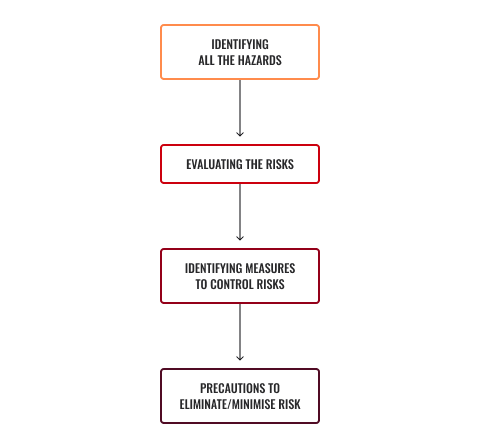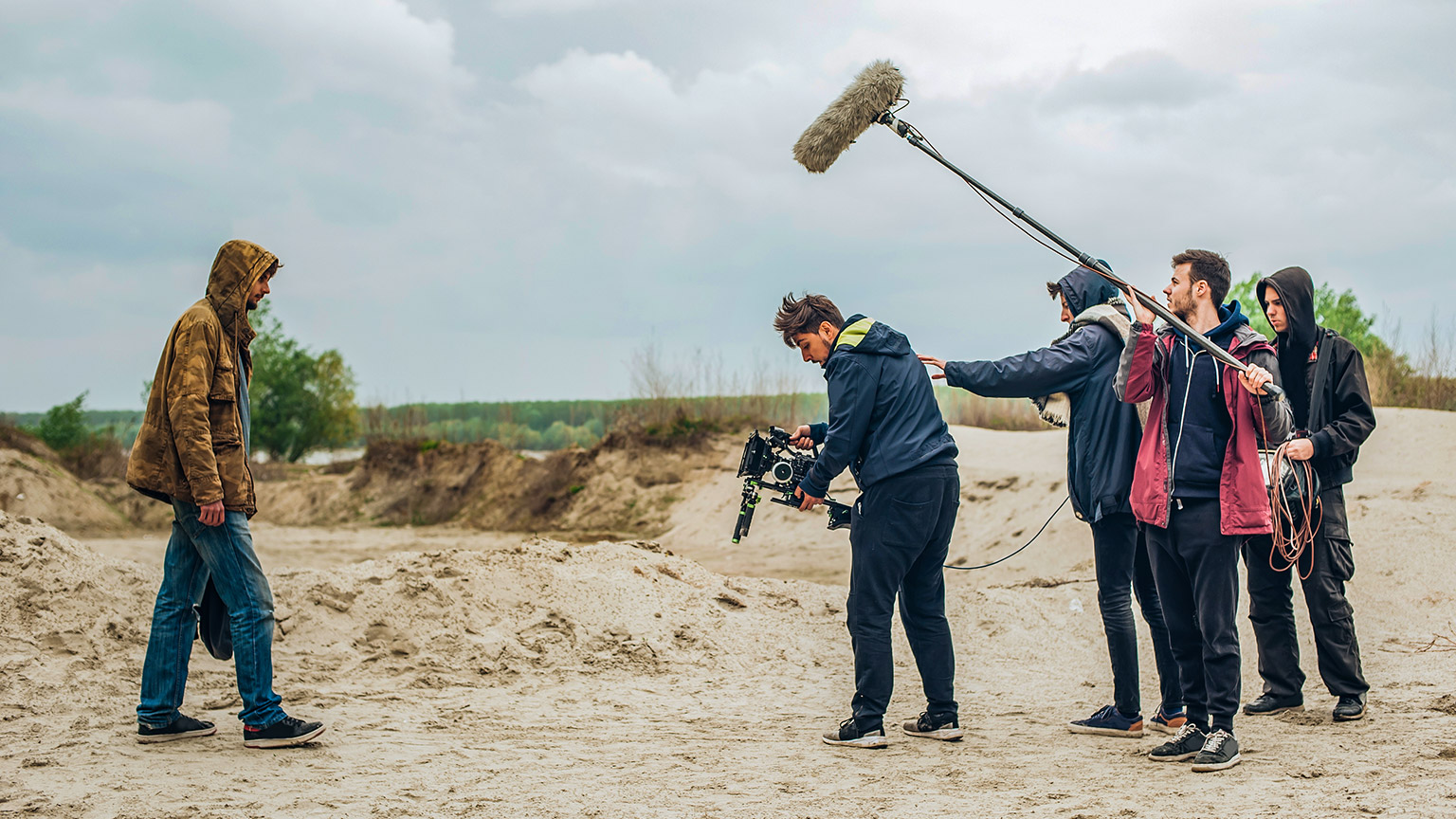The film and television industry is a unique business, and as such, presents unique health and safety hazards.
When filming, professional film crews need to take health and safety concerns seriously. If an accident was to occur within a film set it can mean more than a retake; it can lead to huge dollars lost and downtime. It can also cause physical damage to any actors and film crew members.
In New Zealand, we refer to the screensafe website for more information.
The responsibilities of ensuring health and safety measures are adhered to runs from:
- Producer
- Production Manager
- 1st Assistant Director
- Crew members
If any of the crew members can see a potential accident and nothing is done to prevent it, accidents may occur and they may be liable.
Imagine if health and safety isn’t considered when filming? Things can become rushed, risks increase and even the simple things can become dangerous.
If the Director has asked an actor to run down a hill numerous times to capture a specific moment and safety hasn’t been considered, they may trip and injure themselves, costing production millions of dollars and time in delay.
Other examples may include having a professional stunt performer jump off a cliff or crashing a car. Not only can they be a risk to themselves, but they can also create harm for others around them.
There are a multitude of other hazards that are found in motion picture and television sets and locations. It is the producers and crew members role to ensure all hazards are managed and risks are eliminated or managed.
Examples of key hazards:
- Chemical and safety hazards during preproduction
- Ordinary fire hazards (flammable material, exposed lights)
- Special effects
- Tripping hazards: cables, tripods, equipment
- Grip & Electric: lights, rigs and generators
- Stage and set dressing: hazardous objects
Examples of location hazards:
- Weather: too hot, too cold, sunny, windy
- Traffic: incoming cars, bikes, trucks
- People: a passer-by, curious crowd
- Slippery surfaces: puddles, mud
- Medical concerns including allergies, insect bites and Heatstroke
General safety rules:
- Think it through – how can this go wrong?
- Take care of yourself and your fellow crew members.
- As soon as you get on set, read the call sheet and be present at the safety meeting.
- If you spot an issue, solve it right away! If you can’t solve it, find someone who can.
- If it does not belong to your department, don’t touch it!
- Keep communication open with walkie talkies.
- Know your responsibilities.
- Know your exits.
- Stay hydrated.
- When outside, keep your sunscreen and hi-vis vest on.
- If you are not well, let your 1st AD know.
- Stick to the hierarchy.
- Know who the 1st AD and the Safety Officer are.
The way to stay safe is to look at each shooting set up or location individually and think of what exactly could go wrong. Scan the environment, identify any hazards and implement processes to eliminate or minimise the risks presented. This is called a risk assessment.
The process includes:


